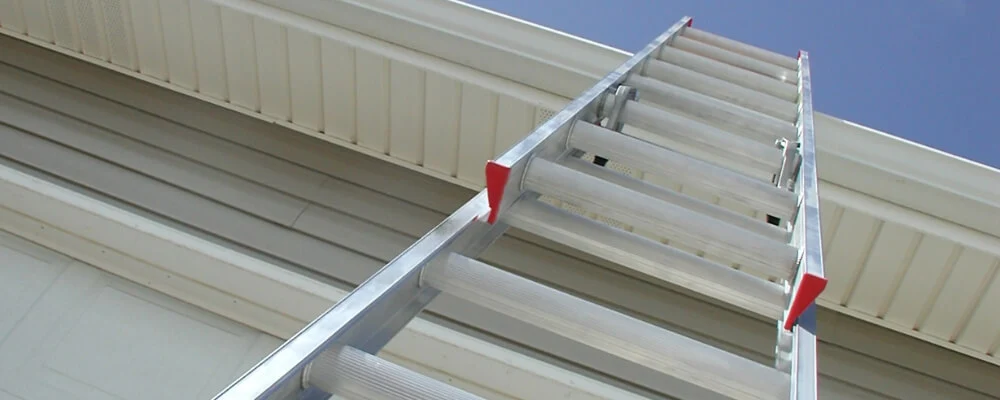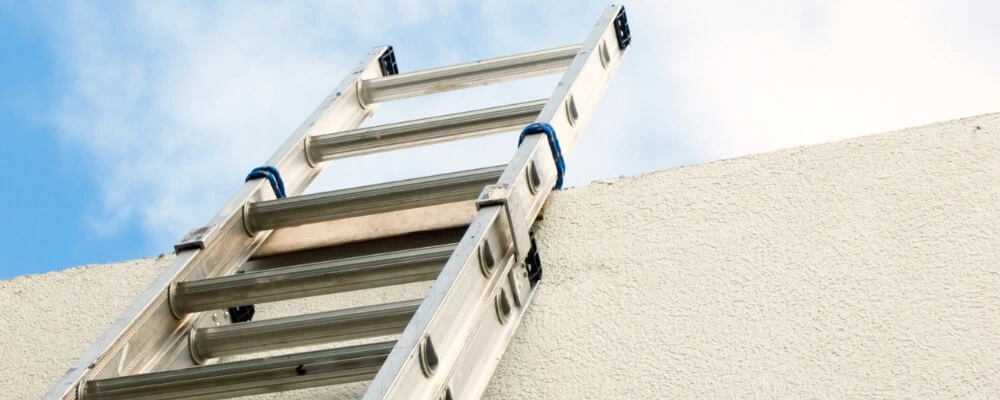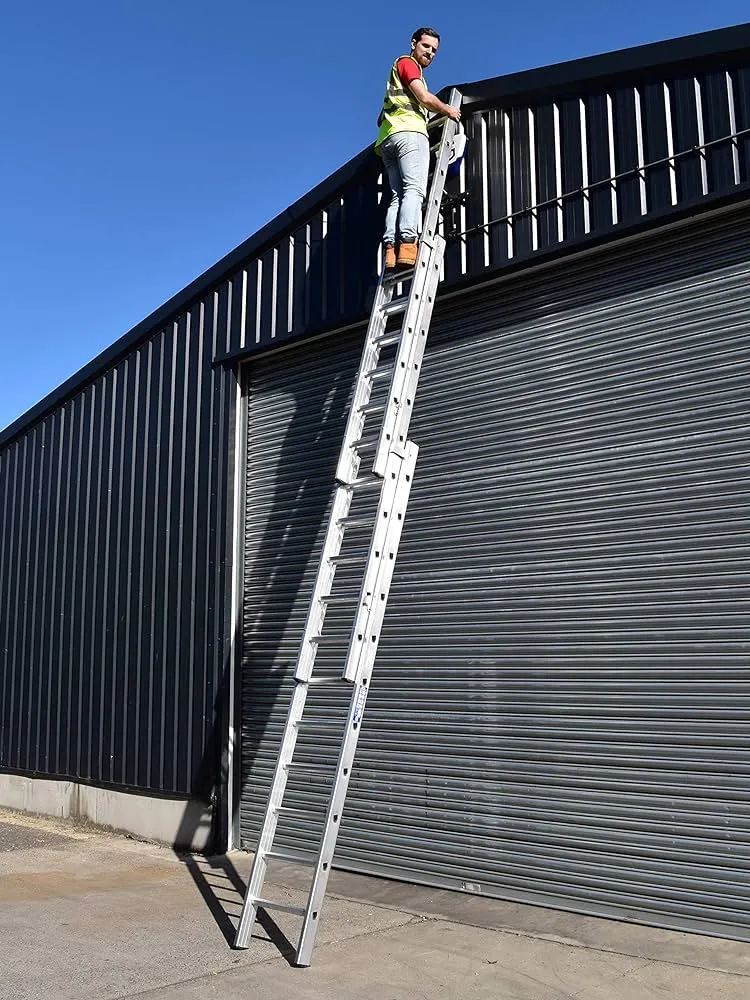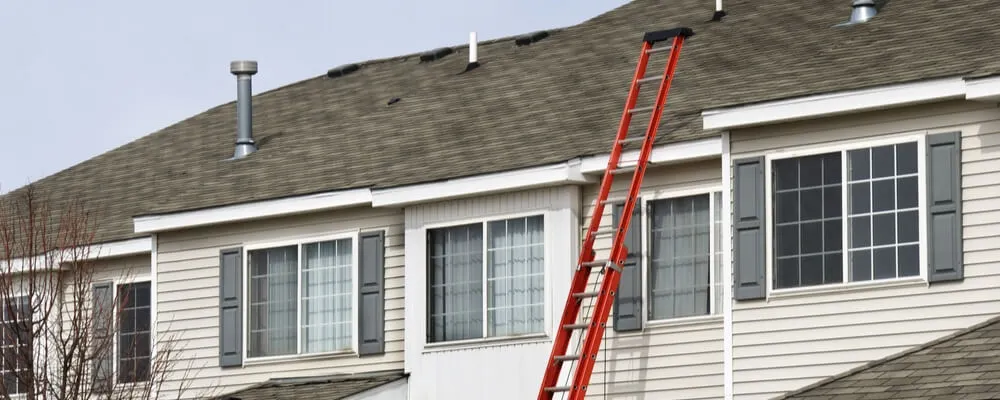Extension ladders are indispensable tools in various settings, from construction sites to residential projects. They enable individuals to reach elevated areas, perform maintenance tasks, and conduct installations, among other activities. However, the utility of extension ladders comes with inherent risks, and the negligence of safety precautions can lead to severe and sometimes irreversible consequences. This blog aims to shed light on the vital safety precautions that should be meticulously followed when using extension ladders to mitigate the risk of accidents.
Additionally, it delves into the potential repercussions of ignoring these safety measures, highlighting the multifaceted impacts on individuals and organizations. By understanding and implementing proper safety protocols and being cognizant of the possible outcomes of safety breaches, users can ensure a safer working environment, protect their well-being, and uphold organizational integrity and reputation.
Extension Ladder Safety Precautions To Prevent Accidents
Using extension ladders can be risky if proper safety precautions are not taken. Here are 10 safety precautions to prevent accidents when using an extension ladder:

1. Inspect the Ladder
Before utilizing an extension ladder, it is crucial to conduct a thorough inspection to identify any potential defects, cracks, or loose rungs that may compromise safety. A damaged ladder can be unstable and may lead to serious accidents or injuries.
Therefore, it is imperative to ensure that every part of the ladder is in good condition, including the rungs, rails, and locking mechanisms. If any damage or defect is found, the ladder should not be used until it is properly repaired or replaced.
2. Set Up on Solid Ground
The stability of the ladder significantly depends on the surface on which it is placed. It is essential to set up the ladder on solid and level ground to prevent any wobbling or tipping over.
Uneven or soft surfaces, such as loose soil or sand, can cause the ladder to become unstable, increasing the risk of accidents. Before setting up the ladder, assess the ground conditions and look for a firm and flat surface that can support the weight of the ladder and the person using it.
3. Secure the Ladder
Securing the ladder is a fundamental step in ensuring safety. The ladder should be positioned in a way that it will not slip or shift while being used. If available, it is advisable to have another person hold the base of the ladder to provide additional stability.
Additionally, the feet of the ladder can be anchored, or anti-slip accessories can be used to enhance the ladder’s grip on the ground. Ensuring that the ladder is secure can prevent unintended movements and provide a safer climbing experience.
4. Maintain Proper Angle
Positioning the ladder at the correct angle is vital for maintaining balance and preventing falls. The 4-to-1 rule is a widely recognized guideline for achieving the proper angle: for every four feet of height to the point where the ladder rests against the wall, the base should be one foot away from the wall.
This angle provides optimal stability and reduces the risk of the ladder tipping backward or sliding outward. It is important to measure and adjust the ladder’s angle carefully to ensure a safe and stable setup.
5. Extend Ladder Properly
When using an extension ladder to access elevated areas, it is important to extend the ladder at least three feet above the landing point. This extension provides a secure handhold when stepping off the ladder onto a higher surface, reducing the risk of losing balance and falling.
Additionally, extending the ladder properly ensures that there is adequate length for stability and support. It is essential to lock the rungs in place after adjusting the length to prevent the ladder from collapsing during use. Proper extension and secure locking contribute to a safer and more reliable ladder experience.

6. Lock the Rungs
Locking the rungs of an extension ladder is a critical step to ensure safety during use. Before climbing, users must confirm that the rungs are securely locked in place to maintain the ladder’s integrity and prevent it from collapsing or retracting unexpectedly.
A ladder that is not properly secured can lead to dangerous situations, potentially causing severe injuries. Therefore, it is paramount to double-check the locking mechanisms and ensure that each rung is firmly in place before ascending the ladder.
7. Maintain Three Points of Contact
Maintaining three points of contact with the ladder at all times is a fundamental safety practice to ensure stability and balance while climbing. This means that either two hands and one foot or two feet and one hand should be in contact with the ladder at all times.
This method of climbing helps in distributing the body weight evenly and reduces the risk of slipping or losing balance. It is essential to climb slowly and deliberately, keeping a firm grip on the rungs and avoiding any sudden movements that could destabilize the ladder.
8. Do Not Overreach
While on the ladder, it is crucial to avoid leaning or reaching too far to the side, as it can compromise the balance and stability of the ladder. Keeping the body centered between the side rails of the ladder helps in maintaining equilibrium and prevents the ladder from tipping over.
Suppose a task requires reaching a point that is not easily accessible from the current position of the ladder. In that case, it is safer to descend and reposition the ladder closer to the work area rather than overreaching and risking a fall.
9. Carry Tools Properly
When using a ladder to perform tasks that require tools or materials, it is important to carry them properly to avoid accidents. Using a tool belt or a bucket is a practical way to transport items up the ladder, leaving the hands free to maintain a secure grip on the rungs.
Carrying items in the hands while climbing can obstruct the proper three points of contact and may lead to loss of balance. Organizing tools and materials efficiently before ascending ensures a smoother and safer working experience on the ladder.
10. Avoid Overloading
Adhering to the weight limit specified by the ladder’s manufacturer is essential to prevent overloading and ensure the ladder’s stability. The weight limit includes the weight of the person using the ladder as well as any tools or materials being carried.
Exceeding this limit can cause the ladder to become unstable, increasing the risk of accidents and injuries. Before using the ladder, users should be aware of its weight capacity and make sure not to exceed it to maintain a safe and secure working environment.

Consequences of Ignoring Extension Ladder Safety
Failing to adhere to safety measures when using extension ladders can lead to severe consequences, impacting both individuals and organizations. Here are some potential results of neglecting ladder safety:
1. Physical Injuries
The most immediate and apparent consequence is the risk of physical injuries. Falls from ladders can lead to fractures, sprains, strains, and even more severe injuries, such as spinal cord injuries or traumatic brain injuries. The height and nature of the fall can significantly influence the severity of the injuries sustained.
2. Fatalities
In extreme cases, falls from ladders can be fatal. The risk of a fatal fall increases with the height of the ladder and the surrounding environment, emphasizing the importance of adhering to safety protocols.
3. Long-term Health Implications
Even if the injuries sustained are not immediately life-threatening, they can have long-lasting impacts on an individual’s health and quality of life. Chronic pain, reduced mobility, and other long-term health issues can arise from ladder-related accidents.
4. Psychological Trauma
Experiencing a fall or witnessing a severe accident can lead to psychological trauma. Individuals may develop anxiety, depression, or post-traumatic stress disorder (PTSD), impacting their ability to work and their overall well-being.
5. Financial Burden
Medical treatment for injuries sustained from ladder accidents can be costly. The financial burden can be significant, especially if the injured individual is unable to work for an extended period. Organizations may also face financial losses due to compensation claims, increased insurance premiums, and potential legal liabilities.
6. Legal Repercussions
Failure to comply with occupational health and safety regulations can result in legal repercussions for individuals and organizations. Penalties, fines, and lawsuits can arise when safety protocols are not followed, leading to accidents.
7. Damage to Reputation
Organizations that fail to ensure a safe working environment may suffer damage to their reputation. A poor safety record can lead to a loss of trust from clients, customers, and employees, potentially impacting business operations and profitability.

8. Loss of Productivity
Accidents and the subsequent recovery periods can lead to a significant loss of productivity. The absence of injured employees and the time spent on accident investigations and implementing corrective measures can disrupt normal business operations.
9. Decreased Employee Morale
A lack of commitment to safety can lead to decreased morale among employees. Workers may feel undervalued and unprotected, which can affect their job satisfaction, performance, and retention.
10. Increased Insurance Premiums
Organizations with a history of accidents and injuries may experience increased insurance premiums, adding to operational costs.
The potential results of failing to adhere to safety measures when using extension ladders are multifaceted and severe, affecting individuals’ physical and mental well-being and impacting organizational integrity, reputation, and financial stability. Prioritizing safety is not only a moral and legal obligation but also a critical component in maintaining a healthy and productive working environment.
Conclusion
In conclusion, the use of extension ladders, while invaluable in accessing elevated areas, necessitates a rigorous adherence to safety precautions to prevent accidents and their subsequent repercussions. The outlined safety measures, including proper ladder inspection, secure setup, maintaining three points of contact, and avoiding overreaching, are fundamental in mitigating risks associated with ladder use.
The consequences of neglecting these safety protocols are severe and multifaceted, ranging from physical injuries and psychological trauma to legal repercussions and damage to organizational reputation.

